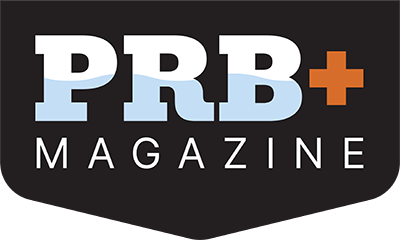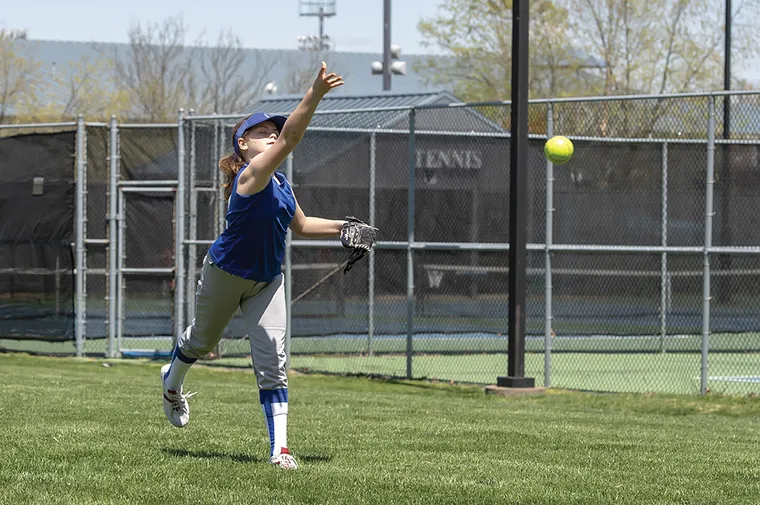Fair draft processes can create better experiences for kids and coaches
One of the most distinct memories from my first coaching experience happened before I ever had a team! I signed my son up for T-ball and volunteered to coach. There was only one open coaching spot since all the previous season’s coaches had returned. Little did I know, that should have been the first red flag.
A Broken System
At the time, one might expect I would have been more prepared since I had more than 10 years of experience working in youth sports. But, even in a decade, I hadn’t encountered every problem. Looking back now, with 30 years of experience under my belt, I recognize the value of long-term work in the field. To teach others how best to operate their programs, there is nothing like real-world experience.

